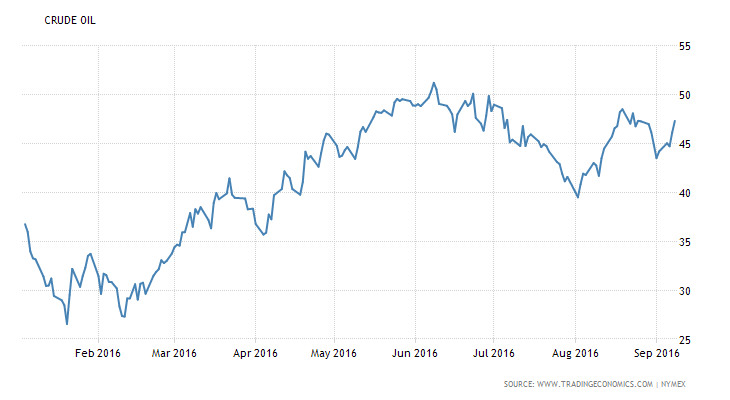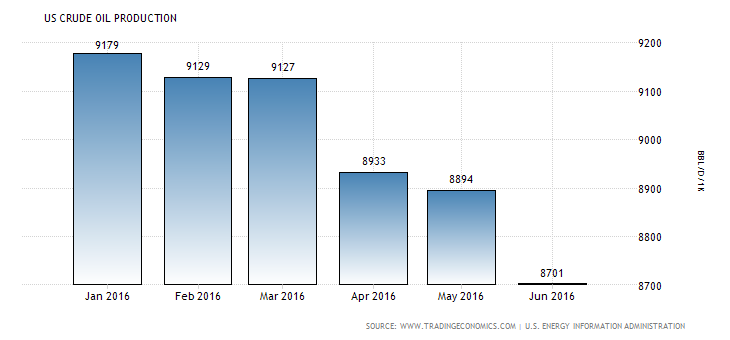Which Factors are Fueling Oil Rallies?

Please note that we are not authorised to provide any investment advice. The content on this page is for information purposes only.
In most financial market contexts, crude oil maintains its position as one of the most actively traded commodities in the world. In futures markets, light sweet crude oil is the most commonly traded futures contract, and price trends in these areas can be a great indicator of how commodities as a whole are likely to trade in the near-term. Over the last year, we have seen some historic price movements in oil and precious metals. Here we will look at some of the factors that
In most financial market contexts, crude oil maintains its position as one of the most actively traded commodities in the world. In futures markets, light sweet crude oil is the most commonly traded futures contract, and price trends in these areas can be a great indicator of how commodities as a whole are likely to trade in the near-term. Over the last year, we have seen some historic price movements in oil and precious metals. Here we will look at some of the factors that have contributed to these market occurrences over the last 6-12 months.
Chart View: Crude Oil
In futures markets, the light sweet crude contract is considered the international benchmark for crude prices due to its high liquidity levels and broad transparency. After falling to multi-year lows, crude oil has rebound this year. Many of the same trends have been seen in precious metals, as well. This is significant because there is a high-correlation between the market price activity that is seen in gold and crude oil futures. External activity shows that fund ownership of Australian company BHP is rising, and this indicates that a growing percentage of fund buying has started to center on the commodities space.
The gains crude oil began after prices hit $36 per barrel at the start of the year and then rose to above $47 per barrel this month. This equates to a massive rally of nearly 30%, and much of this price change can be attributed to some of the following macroeconomic factors:
* Citigroup has estimated a supply outage of 3.5 million barrels per day.
* Canada’s Fort McMurray wildfire might have impacted production by as much as 1.2 million barrels per day.
* Libya’s political unrest led to decline in production
* A report from Barclays suggests a decline of oil production by 3,00,000 bpd in Nigeria
* Kuwait’s worker strike brought its production down by 1.7 million barrels per day.
Another factor to take into consideration is the declining oil production that is being seen in the United States. Oil production in the US has dropped from 9179 BBL/D/1K in the month of January this year to 8701 BBL/D/1K in June 2016, supporting the prices and improving the overall outlook for bullish investors.
At the same time, emerging nations like India and China are seeing an ever-increasing demand for crude oil, which is something that fuels the prices even further. China’s oil production did see declines in the month of April, along with a 3.2% increase in crude oil demand when data reports are compared to the previous year. According to OPEC, India’s crude demand rose to 4.4 MMbpd, showing an increase of 15% relative to March 2015.
At the same time, gasoline demand in the US is on the rise, adding support to the global framework for higher crude oil prices. Varied macroeconomic factors, reduced industry production and increased demand have fueled the yearly rise in the oil prices over the last few months. Heightened economic volatility and increased geopolitical tension might help these trends to continue support the oil price trajectory but now that the summer months are drawing to a close there is a greater chance that we will start seeing retracements before the end of this year.






